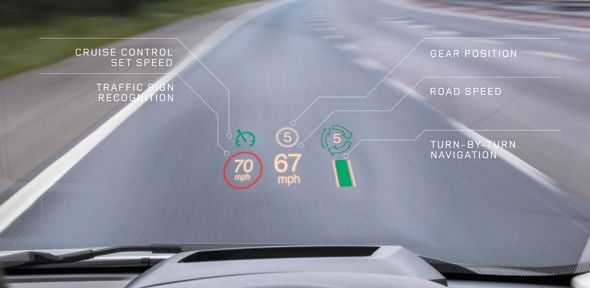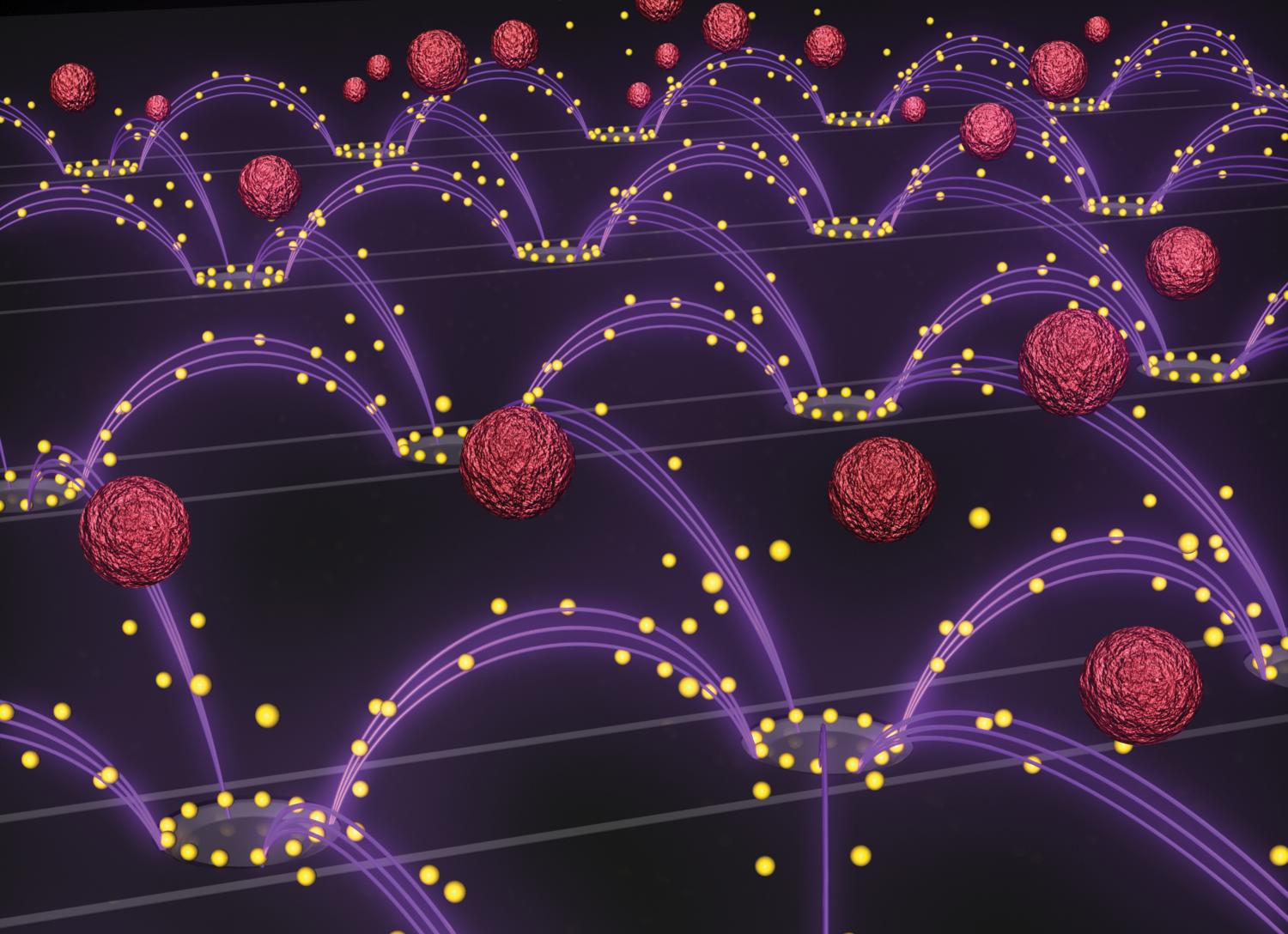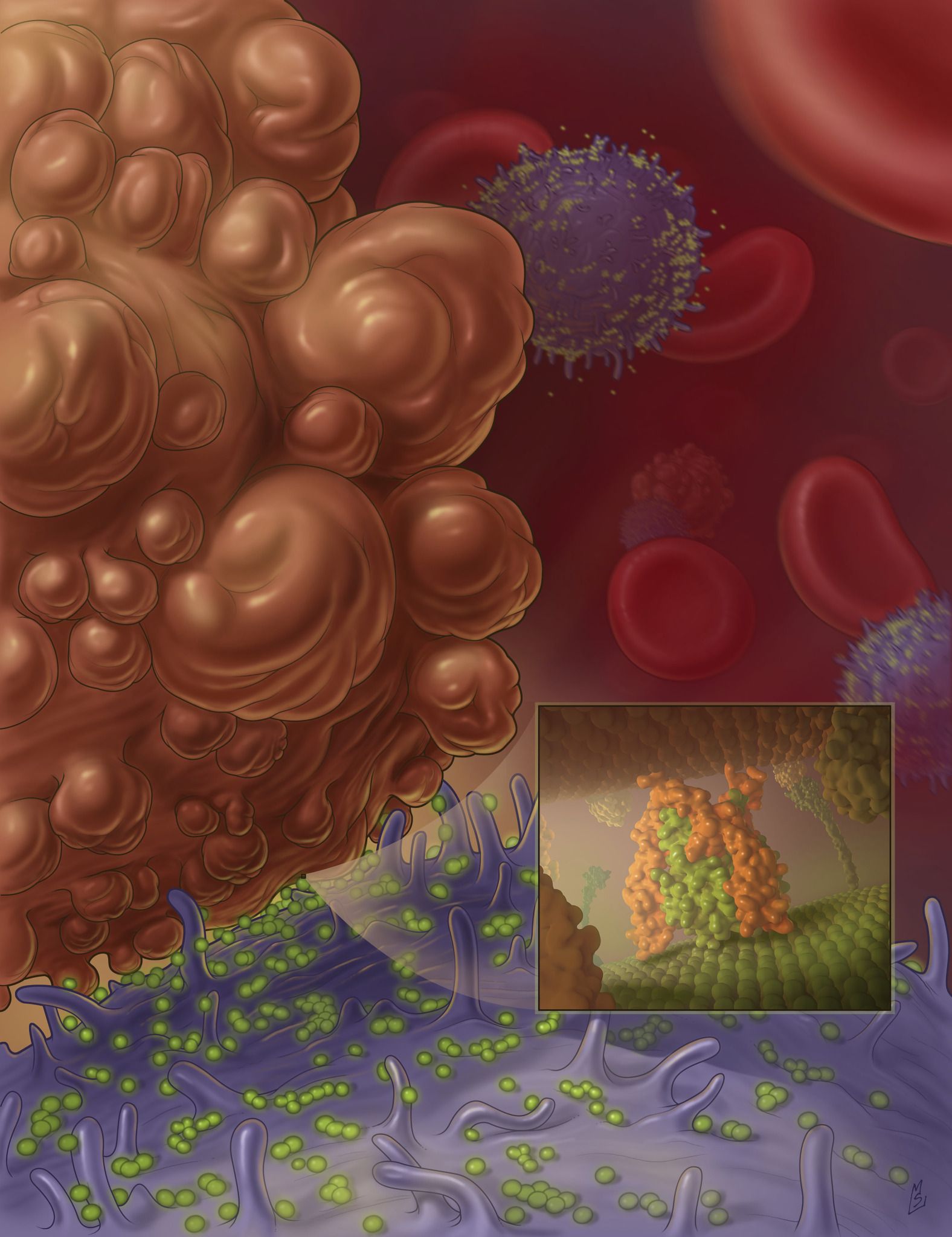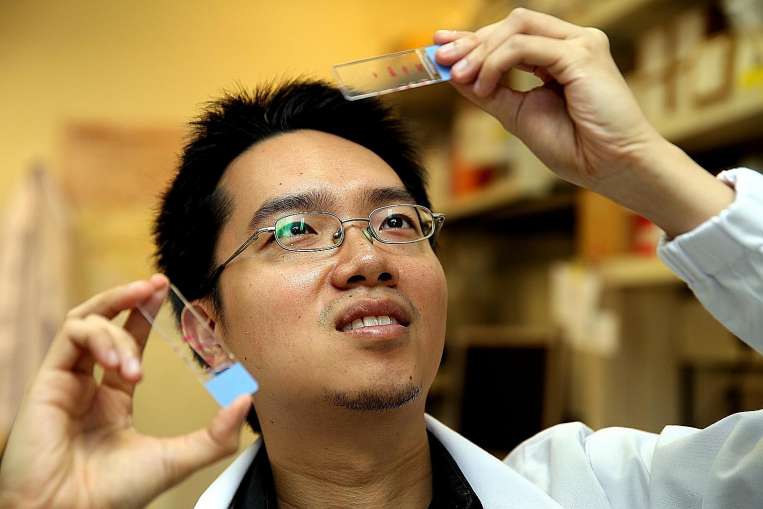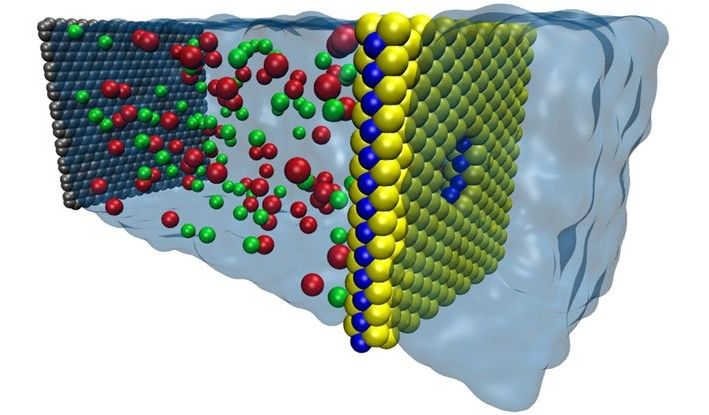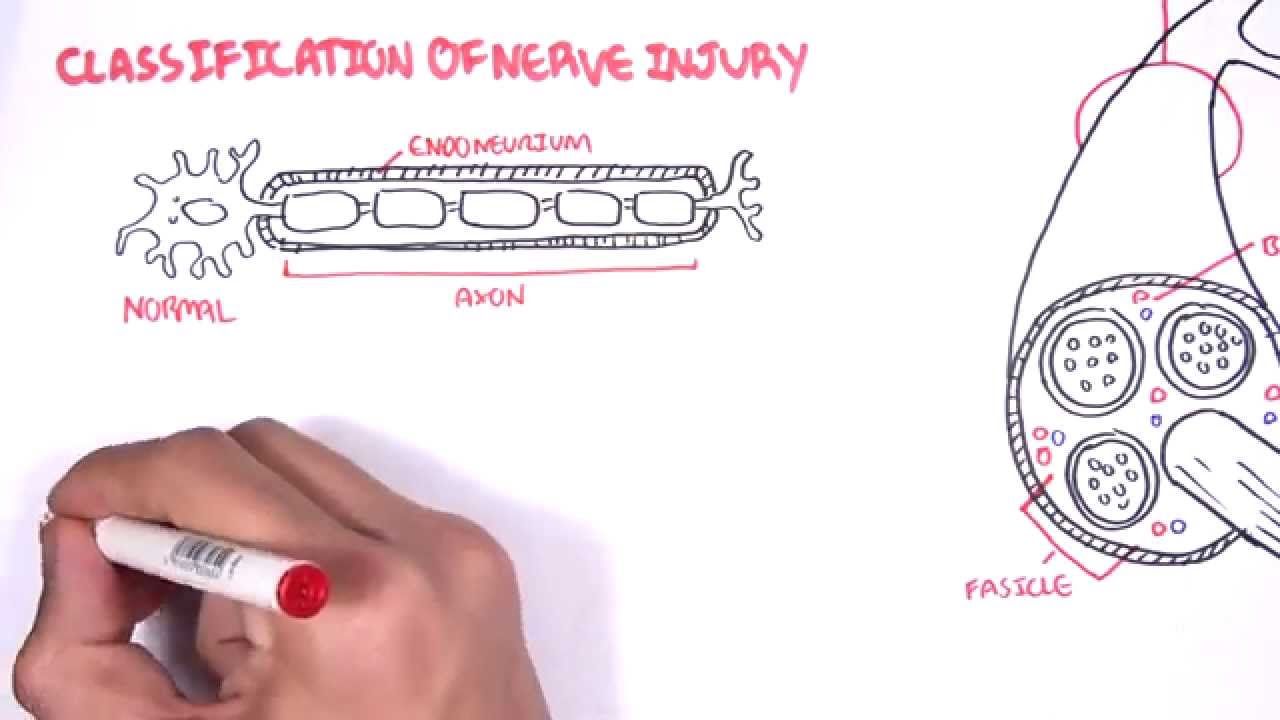Nov 27, 2015
Heads up: Cambridge holographic technology adopted
Posted by Shailesh Prasad in categories: engineering, robotics/AI, transportation
A ‘head-up’ display for passenger vehicles developed at Cambridge, the first to incorporate holographic techniques, has been incorporated into Jaguar Land Rover vehicles.
Cambridge researchers have developed a new type of head-up display for vehicles which is the first to use laser holographic techniques to project information such as speed, direction and navigation onto the windscreen so the driver doesn’t have to take their eyes off the road. The technology – which was conceptualised in the University’s Department of Engineering more than a decade ago – is now available on all Jaguar Land Rover vehicles. According to the researchers behind the technology, it is another step towards cars which provide a fully immersive experience, or could even improve safety by monitoring driver behaviour.
Cars can now park for us, help us from skidding out of control, or even prevent us from colliding with other cars. Head-up displays (HUD) are one of the many features which have been incorporated into cars in recent years. Alongside the development of more sophisticated in-car technology, various companies around the world, most notably Google, are developing autonomous cars.
